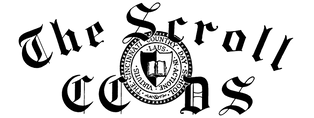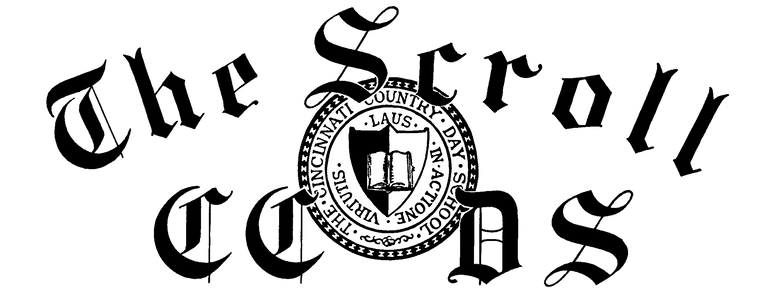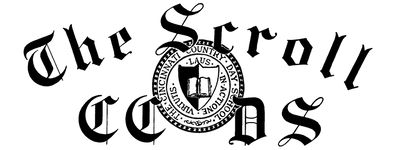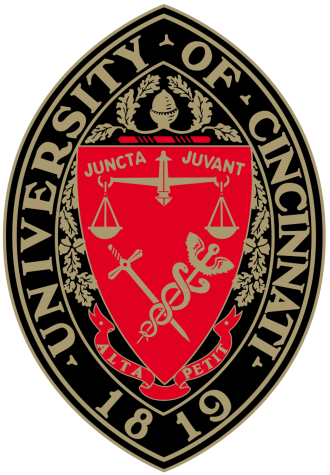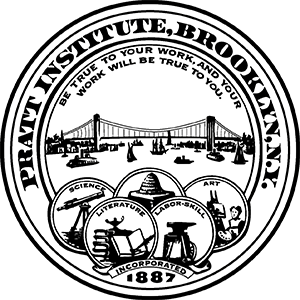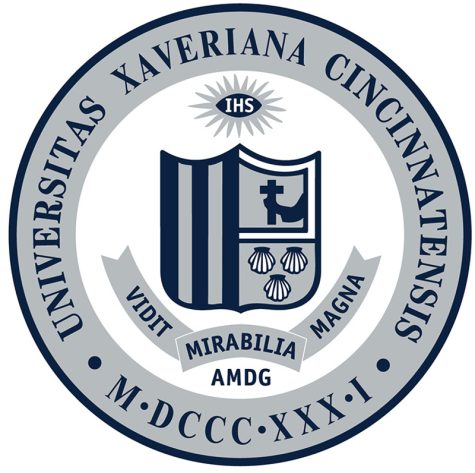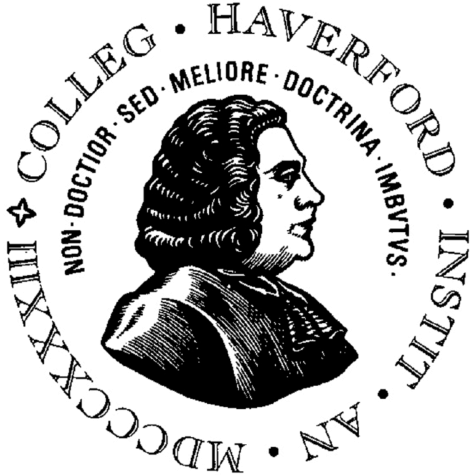Senior Essay: Common App Essay
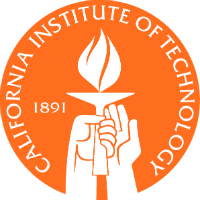
June 6, 2018
By Moya Ly ’18, Contributor
“Look at mine!” The other girls at the table huddle around Eliza’s chair. There is a chorus of wows and how-did-you-do-thats. I make a mental note to make sure I see Eliza’s project before the day ends, then return to solving a troublesome compiler error in another student’s code.
When I get to Eliza, the workshop is nearing its end. Eliza finished wiring and coding her Arduino quickly today. It’s a simple traffic light LED project; something accomplishable in the 90-minute work period. But Eliza includes something else: rummaging through her electronics kit, she finds a push button and adds it to her circuit. With a little help from Google, Eliza programs the traffic light to respond to the state of the button. She is so immersed in her typing that she doesn’t notice when her mother stands in front of her. Minutes later, as Eliza packs up and leaves, I hear her excitedly explaining pinMode and digitalWrite functions to her perplexed mother.
Stories like this are not unusual to me anymore, but each one drives me to teach again. Eliza was enrolled in you.code(), a five-session series of workshops I designed introducing coding, game design, robotics, 3D printing, and electronics to middle school girls. Two summers ago, I submitted a proposal to the National Center for Women and Information Technology and was rewarded with a $1500 AspireIT grant. Over the course of the following months, the structure of the program took shape: location booked, laptops rented, Arduino kits bought, snacks purchased, speakers contacted, curriculum designed from scratch. These were monotonous, time-consuming tasks necessary for the program to run smoothly.
But all of that was easy compared to teaching the classes myself. Though I had taught STEM summer camps for years, I had always leaned on the expertise of the adult in the room. Without one, I felt much less confident. Each small defect in the road—debugging code, solving errors, explaining topics through creative analogies—seemed to combine into a pothole-filled highway. But with every workshop, I was a little louder, estimated time better, watched the students understand quicker. I’m not a natural teacher. I’m quiet and laid-back. In class, I listen to discussions until I have something significant to add. Tutoring one-on-one and giving presentations, both work I am comfortable with, are very different than teaching a class. I learned patience, gained confidence, and drew upon this experience in subsequent work. In my internship last summer at a startup 3D printer manufacturer, I wrote 3D printing curriculums which will affect over 180,000 students around the world in the GE Additive Education Program. Currently, I manage almost 100 IT clubs at local high schools for INTERalliance, a nonprofit dedicated to increasing the IT career pipeline. you.code() launched my ability to encourage more students through bigger programs.
As exciting and challenging as teaching was for me, you.code() is all about the girls. There is a gender gap in computer science, one very evident in my high school. In the past three years, I have been the only female to take AP Computer Science A. That must change. Hopefully my program has inspired these girls to continue to learn about technology in high school.
Not all of the 23 girls I taught last year will go into a technology career. Perhaps none will. That was not the goal of the program. The goal was to provide a safe place for middle school girls to learn to create technology to solve problems and to help combat the negative peer pressures they face. When I get one aha moment, one insightful project, one Eliza excited to talk about what she made, the dozens upon dozens of hours are worth it. I believe these girls are capable of changing the world with technology. At you.code(), I helped them see that for themselves. We’ll close the gender gap in technology, one girl at a time.
